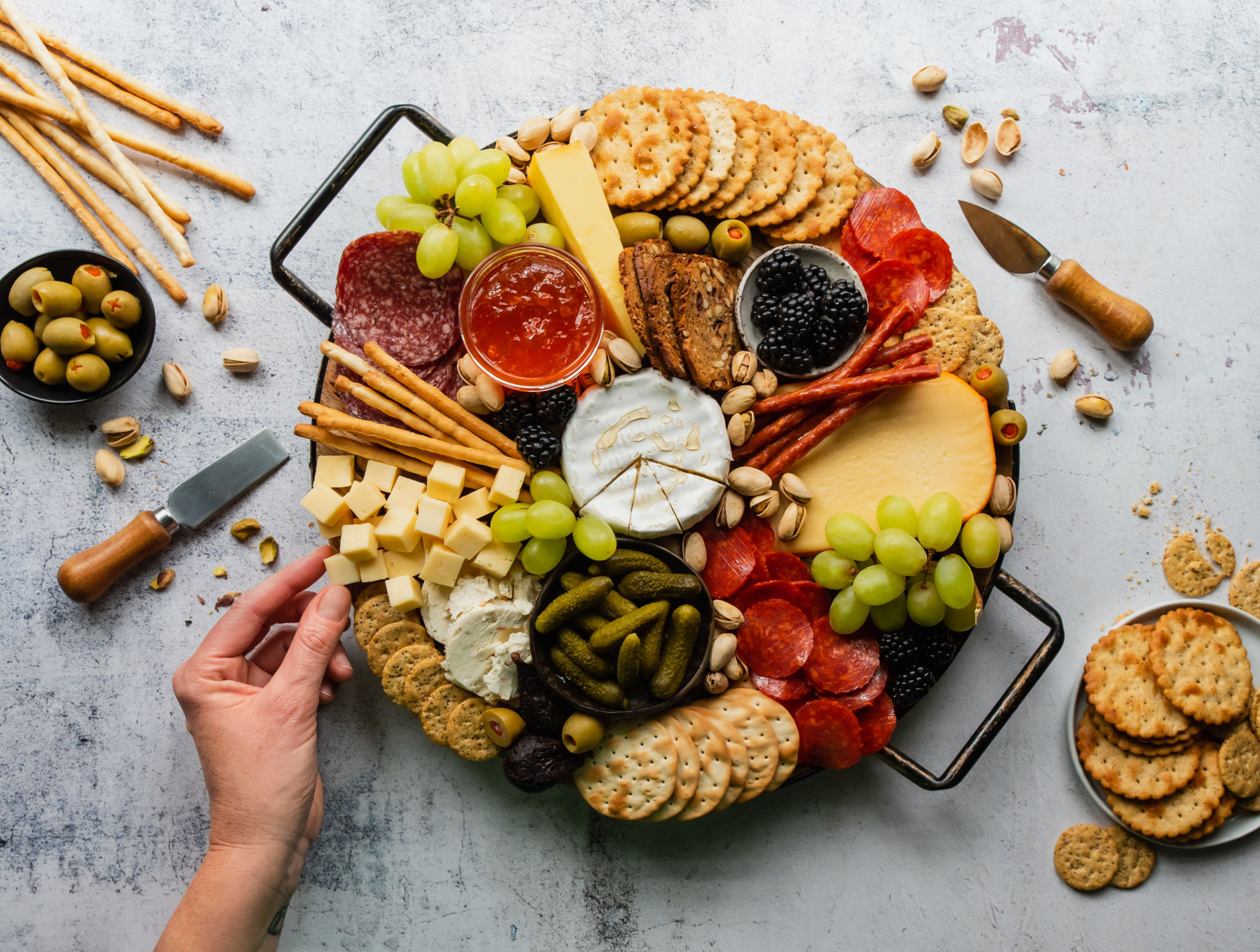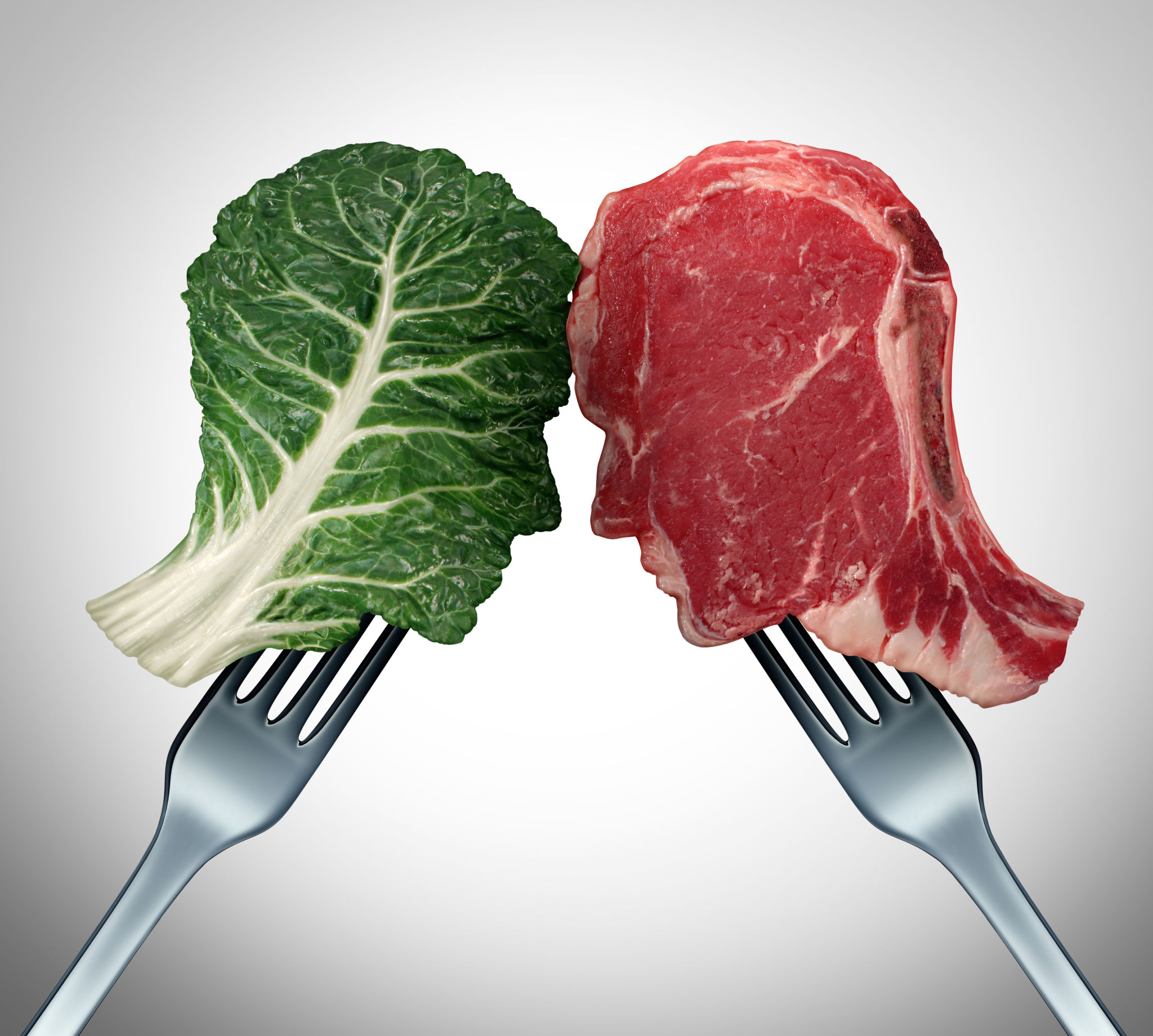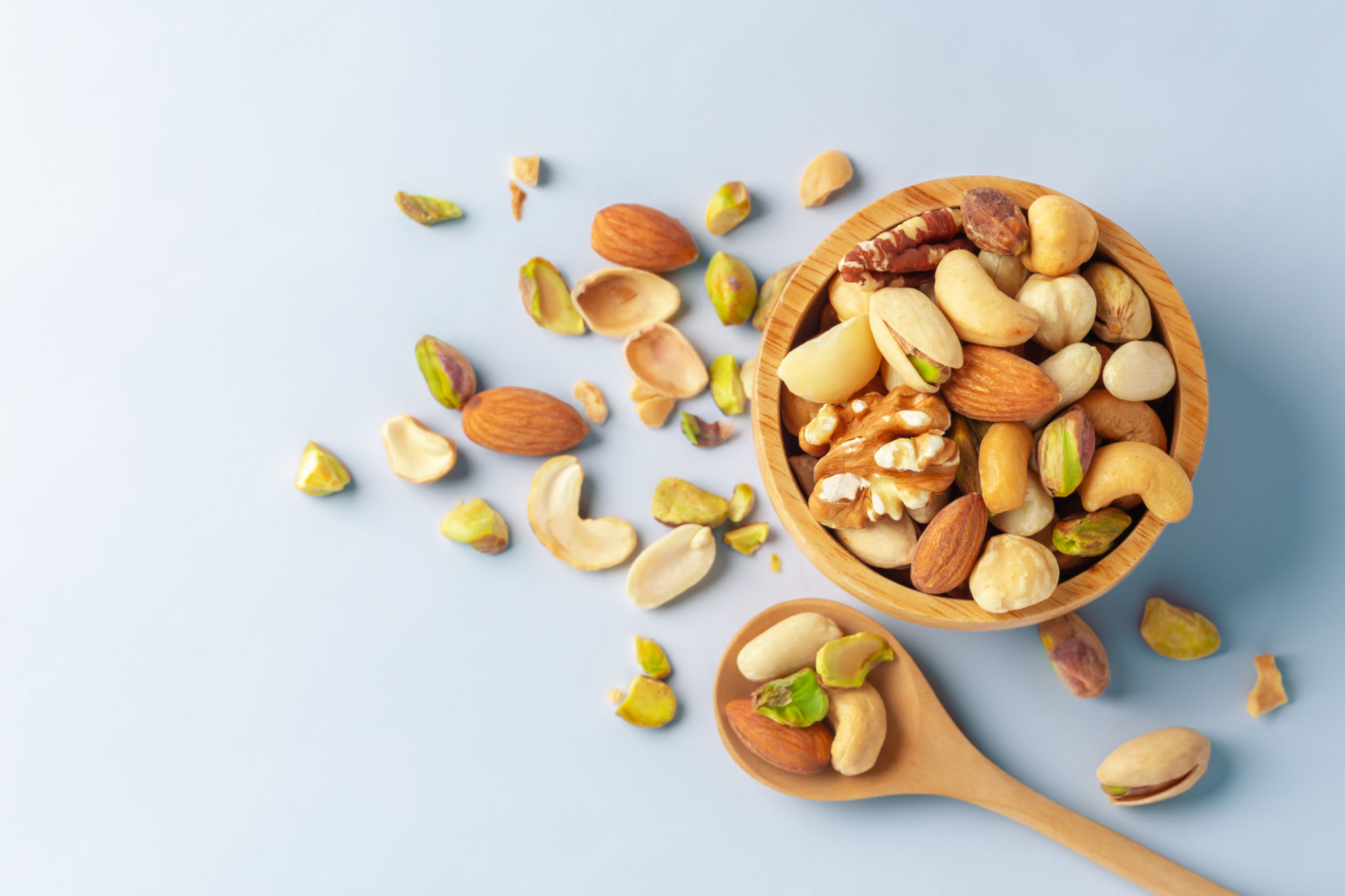Exploring Plant-Based Charcuterie Options: A Guide for Vegans and Vegetarians
Introduction to Plant-Based Charcuterie
Charcuterie boards have long been a staple at gatherings, offering a delightful array of flavors and textures. Traditionally, they consist of cured meats, cheeses, and accompaniments. However, as more people embrace vegan and vegetarian lifestyles, plant-based charcuterie options have emerged as a delicious and sustainable alternative. In this guide, we explore how you can create a vibrant plant-based charcuterie board that will impress your guests.

Vegan Cheeses: A World of Flavor
One of the main components of any charcuterie board is cheese. Fortunately, the market for vegan cheeses has exploded in recent years, offering a variety of options made from nuts, soy, and other plant-based ingredients. These cheeses come in diverse flavors and textures, from creamy brie alternatives to tangy cheddar-like slices. Look for artisan brands that focus on quality ingredients to elevate your board's overall taste.
Plant-Based Meats: Delicious Alternatives
While traditional charcuterie boards feature cured meats, there are now numerous plant-based options that mimic their flavors and textures. Products made from seitan, tempeh, and jackfruit can provide that savory umami taste. Brands often offer smoked or seasoned varieties that add depth to your board. Experiment with different types to find your favorites.

Fresh and Dried Fruits: Sweet and Tart
Fruits play a crucial role in adding sweetness and freshness to your charcuterie board. Fresh options like grapes, figs, and berries pair well with both cheeses and plant-based meats. Dried fruits such as apricots, dates, and cranberries bring a chewy texture and concentrated sweetness. Their natural sugars contrast beautifully with savory elements.
Nuts and Seeds: Crunchy Complements
Nuts and seeds are essential for adding crunch and richness to your charcuterie board. Almonds, walnuts, pistachios, and sunflower seeds are popular choices. They not only add texture but also provide healthy fats and protein, making your board more satisfying. For an extra layer of flavor, try toasting them with herbs or spices.

Crackers and Bread: The Perfect Base
No charcuterie board is complete without a selection of crackers and bread. Choose a variety that offers different textures and flavors. Whole grain crackers, sourdough slices, and gluten-free options ensure there's something for everyone. These serve as the perfect base for stacking your plant-based cheeses and meats.
Final Touches: Dips and Spreads
To add variety and enhance the flavors on your board, include dips and spreads like hummus, olive tapenade, or roasted red pepper spread. These additions not only provide a creamy contrast but also allow guests to customize their bites according to their preferences. Consider including small bowls of mustard or chutney for an extra pop of flavor.
Assembling Your Board
When assembling your plant-based charcuterie board, aim for a balance of colors, textures, and flavors. Arrange items in small clusters or lines to create visual appeal. Don't forget to provide serving utensils like cheese knives and small spoons for dips. Most importantly, enjoy the process! Creating a plant-based charcuterie board is an opportunity to get creative and share your favorite vegan finds with friends and family.